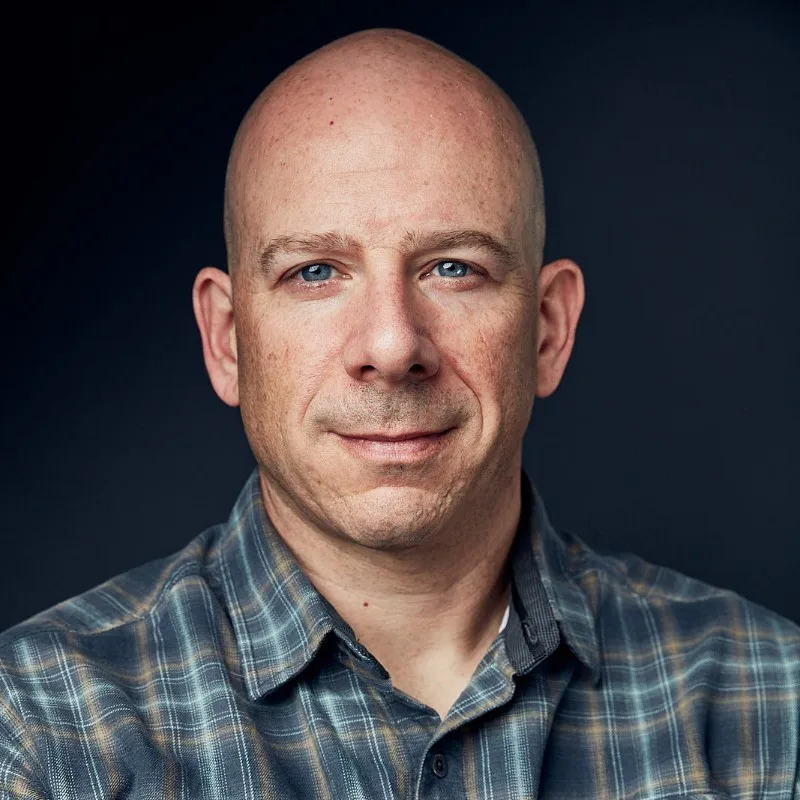Life At Samsara
Engineering Impact: When saving seconds, saves lives.
July 2, 2024

Director, Software Engineering - Core Platforms

James Wright is the Engineering Director at Samsara responsible for our Core Platform. He has a self-confessed “deep customer obsession that informs [his] product strategy” that is only matched by a “rigorous focus on operational excellence.” Here, he discusses Samsara’s Connected Operations Platform and the motivation that drives him to make physical operations safer, more efficient, and more sustainable.
Please explain the role and relevance of Samsara’s Connected Operations Platform, particularly the customer-facing elements.
Our Platform is the foundation of our Connected Operations solution. Think of it as a hub-and-spoke model. All our products — safety, route planning, maintenance, fuel efficiency, EV reporting etc — are the spokes that engage users. But they all connect back to the central hub.
Most organizational platforms — and I’m talking about those outside of Samsara — act as a software layer between infrastructure and product. They also tend to function behind the scenes.
Our platform, however, is different. Not only do we work on core infrastructure and platform components, we also develop customer-facing features.
Customers log into Samsara through the platform, interacting with everything from the login screen to dashboards, reports, settings, and alerts. Regardless of the product, the platform is the central interface for insights and management.
Unlike other organizations where the platform is an abstract layer, ours is both an infrastructure layer and a customer-facing component. This allows us to engage deeply with the customer experience and address their specific problems.
Since it's customer-facing, customer experience (CX) is an important element. Is that right?
Absolutely. As we've evolved, our customer base has grown from serving small businesses to large enterprises. For example, early on, our customers might have had fleets made up of 20 or 30 vehicles. With fleets this size, they could manually enter details and upgrade their software without too much difficulty.
Now that the size and scale of our customers have grown — in some cases, numbering thousands of vehicles — we’ve developed tools like bulk uploaders and APIs for integration. We're also working on making alerts trigger automated actions, creating workflows that reduce manual intervention and increase efficiency.
What challenges have you seen firsthand during site visits? Any stories from the field?
Recently, we visited a customer that provides power to millions of people. They handle 911 calls for downed power lines and are responsible for the swift dispatch of personnel and vehicles to any scene at any time.
As we observed their dispatch process, we noticed certain inefficiencies in how they used our platform’s routing features.
For example, they had to manually re-enter addresses for proximity searches. So, we implemented quick fixes — like saving search states and adding key attributes in pop-ups — saving them crucial minutes in emergency responses.
In the end, I think we saved them three or four minutes per call. That might not seem like much. But you have to bear in mind that this is a place that measures response times in seconds — and we saved minutes.
What’s so special about Samsara’s approach to engineering?
There are two main points. First, we’re dealing with trillions of data points in real-time. That means our operations are challenging and require rigorous attention to detail.
Just for background, I used to lead live video infrastructure for Facebook where we did 77 million live streams each day with minimal latency. Sure, there was lots of data and it was high-scale. But you're not dealing with issues — such as driver safety or downed power lines — that relate to life and death.
That’s why the work we do at Samsara has to be done right. People are counting on us. So the level of rigor that we require as we scale — and that we expect of ourselves — is very high, because we're dealing with complex situations, real-time systems, and trillions of data points across the globe.
For me, this is something that goes beyond engineering. It matters. It affects people’s lives and livelihoods.
Second, the idea that what we do matters is incredibly motivating. In my previous roles at Meta and Amazon, I managed large-scale operations and significant revenue. But none had the human value that our work here at Samsara has.
The things that we do improve the daily experience of physical operations workers in the field. All those people who are out there every single day keeping lights on, constructing buildings, or moving goods from A to B — we’re making their experience better.
What we do at Samsara — whether it's saving lives through accident avoidance, driver awareness, automating millions of workflows, digitizing things that were literally printed on paper and faxed to wherever — we make an impact. The ‘human’ part of this job — it's a mission I've been searching for most of my working life.
That's incredibly powerful. What you’re saying is that the work you do has a direct impact on saving lives and enhancing efficiency, creating a mission-driven environment that motivates our engineers to excel. Do you expect other Samsara engineers to connect with this mission as well?
One hundred percent. It's an expectation. We want the best engineers, but not just for tech's sake. We seek those who are driven by the mission and challenge themselves to think creatively. This mission-driven approach leads to better solutions and more engaged engineers. It’s what drives us every single day.
Learn more about Samsara’s open positions, and follow us on LinkedIn and Instagram for the latest updates.
















